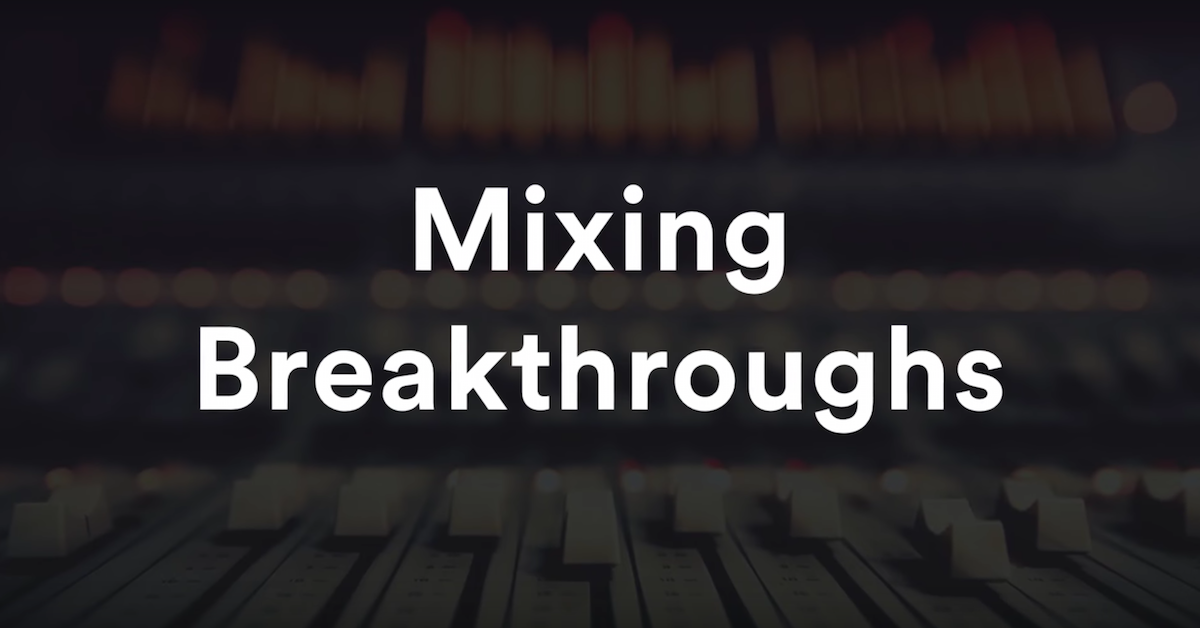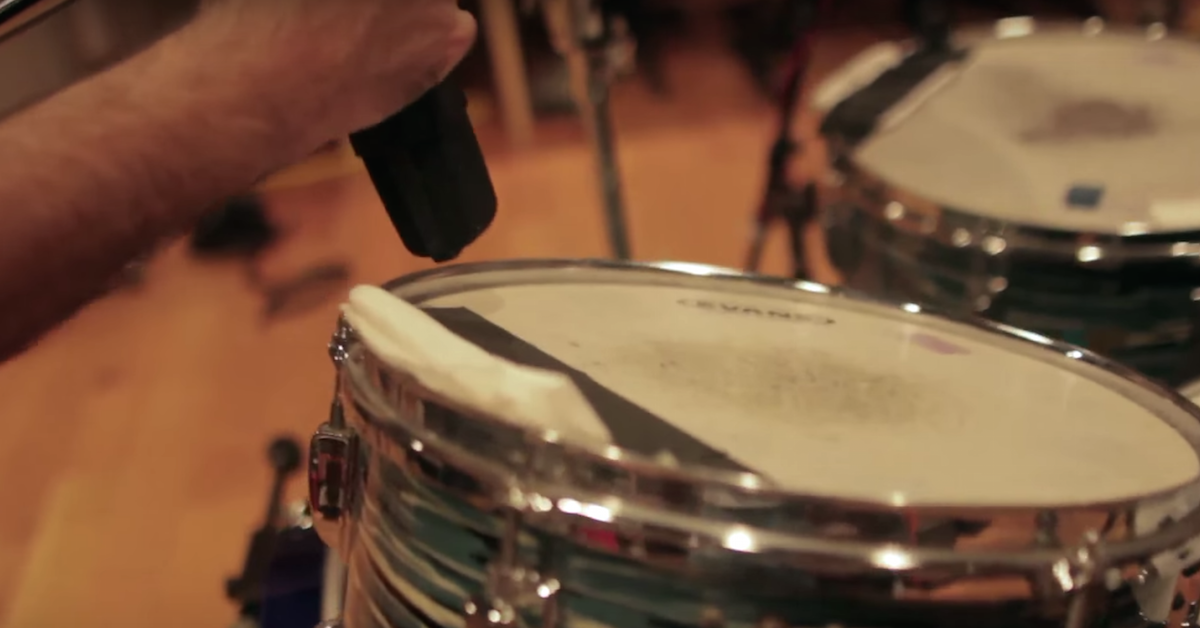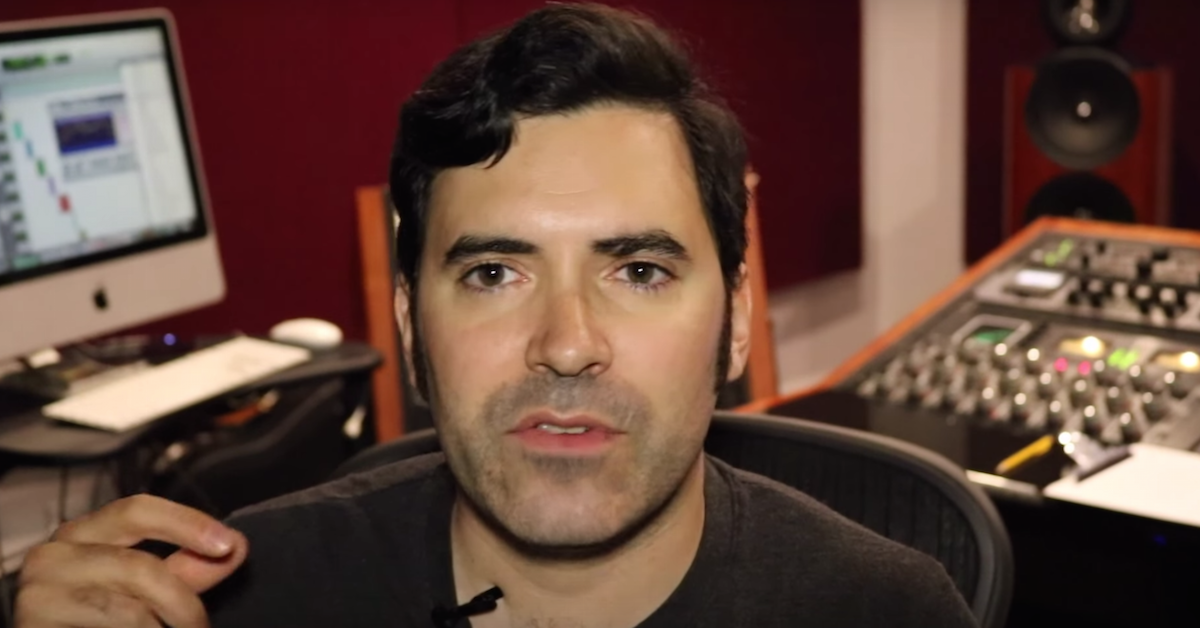The 3 Most Important Recording Studio Upgrades
This is a studio a couple friends of mine built very recently, and they kind of brought me in to do some consulting work and help them figure out where they could spend their money, and put their resources in a way that was really going to get a maximum return on investment and make sure that they were going to get great sounds on every single project, and they wanted to make sure that they were putting their resources in the right places.
So in honor of this, I want to give you guys what I think are the three biggest wins — the audio upgrades that really matter, and should be the places that you focus first whether you’re upgrading an existing space or building a new studio from scratch.
So number one is the room. It’s the most important piece of gear that you have. This isn’t supposed to be some trick answer, I really mean it, it is the room, because if you spend even a few hundred dollars in getting some rigid fiberglass to build panels like these, maybe even doing a DIY diffusor, or you spend up to a thousand or a couple of thousand dollars putting in some panels, that’ll have more of an impact than any fancy mic pre you can buy or any fancy compressor that you can buy for a couple of reasons.
One, it’s going to improve the sound of every single thing that you record in your space. It’s also going to improve the quality of your monitors and help your monitors do a better job, meaning you can do a better job, and you can make better decisions. So investing in a little bit of acoustic treatment is one of those things that’s going to improve the sound quality of every single microphone you own, and it’s going to improve the sound of your monitors dramatically. It’s like an instant upgrade on both ends. It’s the most essential thing.
That’s not even mentioning sound proofing. If you’re able to do some sound proofing in your space, you’re going to be able to record really loud music really comfortably without having to worry about neighbors or family, and you’re also going to be able to record really quiet sources without having to worry about sound from the outside leaking in.
This is huge. If you want to do work in any professional sense, it’s just going to increase the opportunities throughout the day you have to use the space in a way that’s not hindered and is just going to improve your results dramatically.
Alright, audio upgrade number two that really matters. Again, it’s not the fancy mic preamp or the fancy compressor. It is your transducers. What’s a transducer? A transducer is anything that changes one form of energy into another.
So in this case, microphones, right? That change the sound in the air into electricity, or speakers, the things that change electricity into sound in the air. Those are still the hardest things to get right. It’s very easy in this day and age to build a low noise, high quality mic preamp, to build any flavor of compressor you want for $100, digitally as a piece of software, even the outboard compressors are better and cheaper than they’ve ever been.
Getting circuits to be clean, low noise, or add a bit of character is not hard compared to getting a microphone capsule to work really, really well. Getting a speaker in a speaker enclosure to work really, really well. That physical stuff. So the hardest stuff to do right, and a bit of money invested there is going to reap benefits much more quickly than the same amount put into some fancy toy.
Alright, the third audio upgrade that really matters is special tools and special skills. So what’s a special tool?
Something that allows you to do work that you would literally be unable to do before. So this could be something like iZotope RX4 that’s going to allow you to denoise tracks that unfortunately have way too much hiss or hum or buzz on them for whatever reason. iZotope RX4 will let you even reduce reverb. They have a de-reverb tool, which boggles my mind.
There’s spectral noise repair, which will let you take a single cough or bird tweet out of a recording even if it happens over another sound. This is like, science fiction, and special tools like this one will allow you to do jobs that you literally would have been unable to do in the past.
Another good example, Melodyne. I mean, this is a piece of software that not only will allow you to do pitch correction on a singer, but you can do polyphonic pitch correction. This can be used creatively, it can be used to do repairs, salvage recordings, but again, it is one of these tools that will allow you to do work that otherwise would not get done.
But the flip side of this is not just the special tools, but the special skills that go along with them, and it doesn’t just have to be a special skill of learning how to use these special tools, it can be your skills in general. Anything you can do to enhance what happens in here and out here is going to enhance every aspect of your work.
The most important piece of gear you can invest in is yourself. There are apps like Quiztones by our friend Dan from The Pro Audio Files that will kind of drill frequencies for you and allow you to develop an ear for frequency.
There are also courses on mixing that you can take from people in person, or online and any of these investments are going to reap benefits for the rest of your life.
So there you have it. Those are my three essential audio upgrades that really matter. You’ve got the room, you’ve got your transducers, and you’ve got special tools and special skills.
Alright, this has been Justin for Sonic Scoop. Thanks for spending some time with me today. Remember to subscribe, you can subscribe right here on YouTube. You can also visit SonicScoop.com and make sure you get the Sonic Scoop newsletter, where you’ll get not only great articles delivered to your inbox, but great deals.
I’ll see you next time. Thanks.






